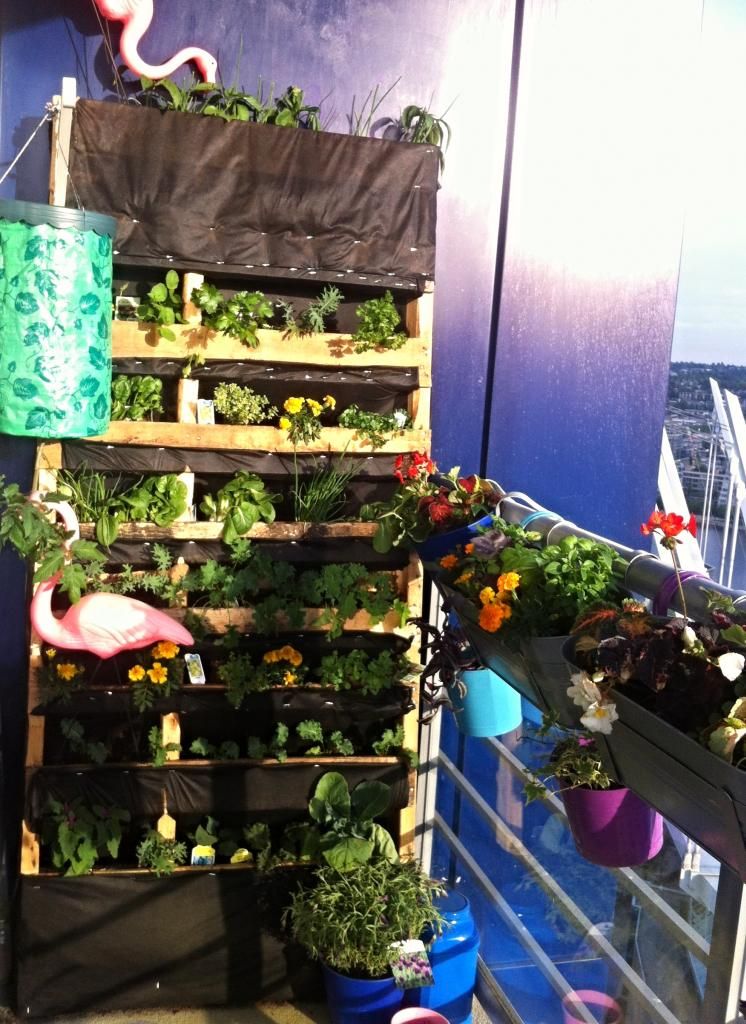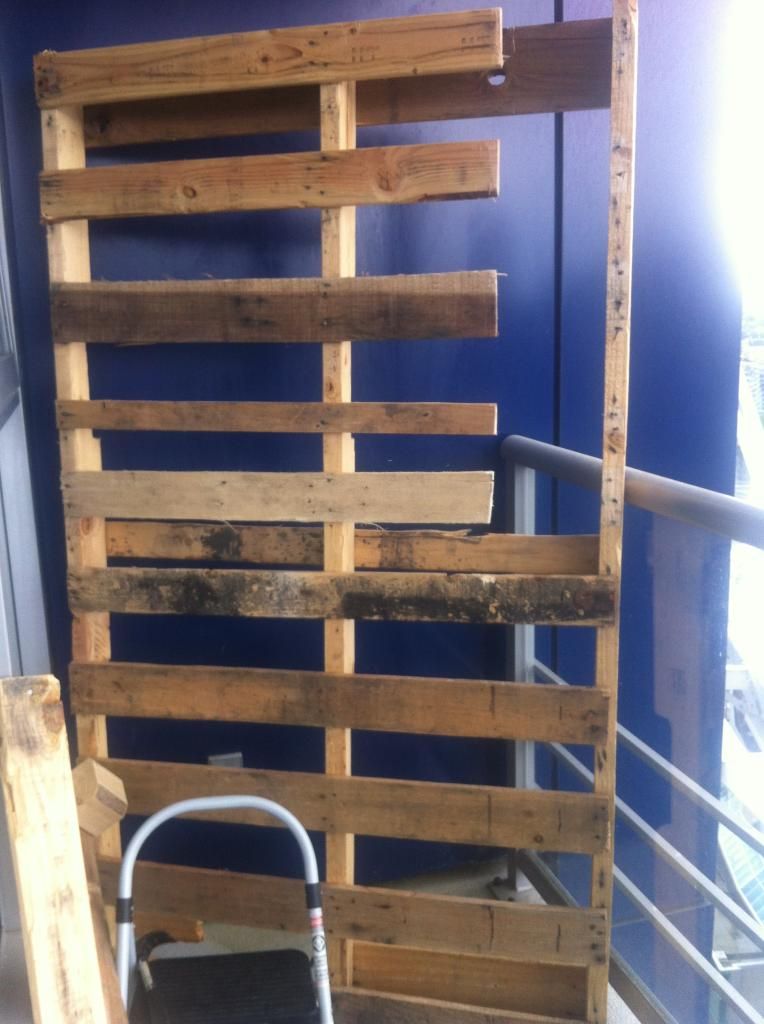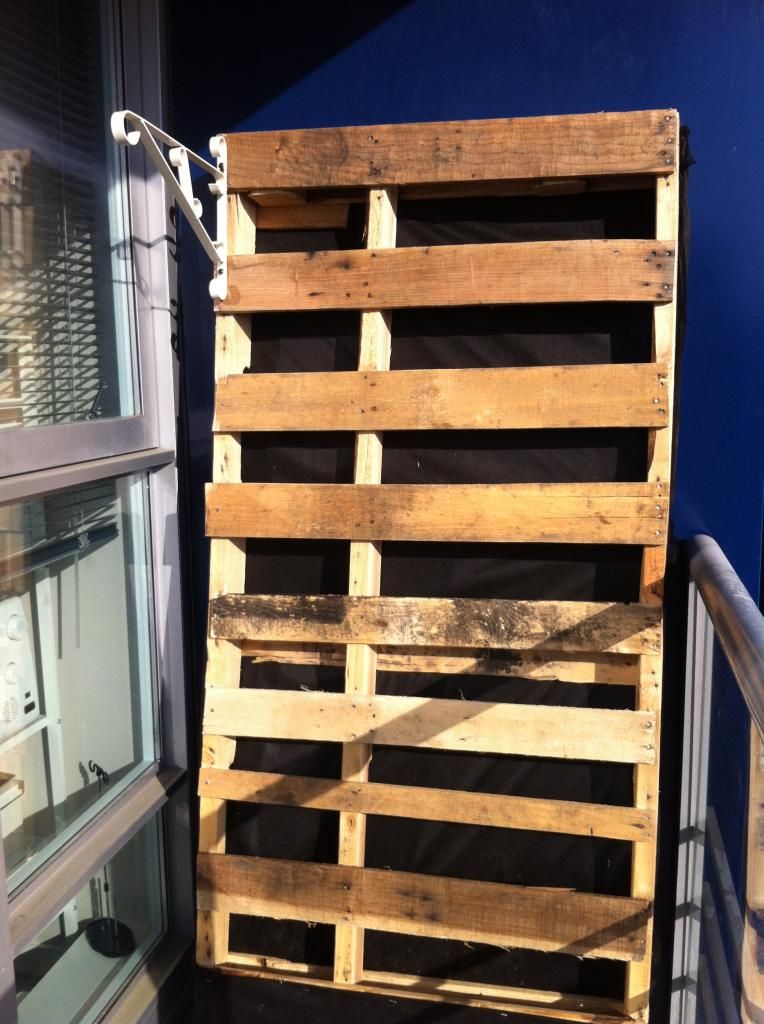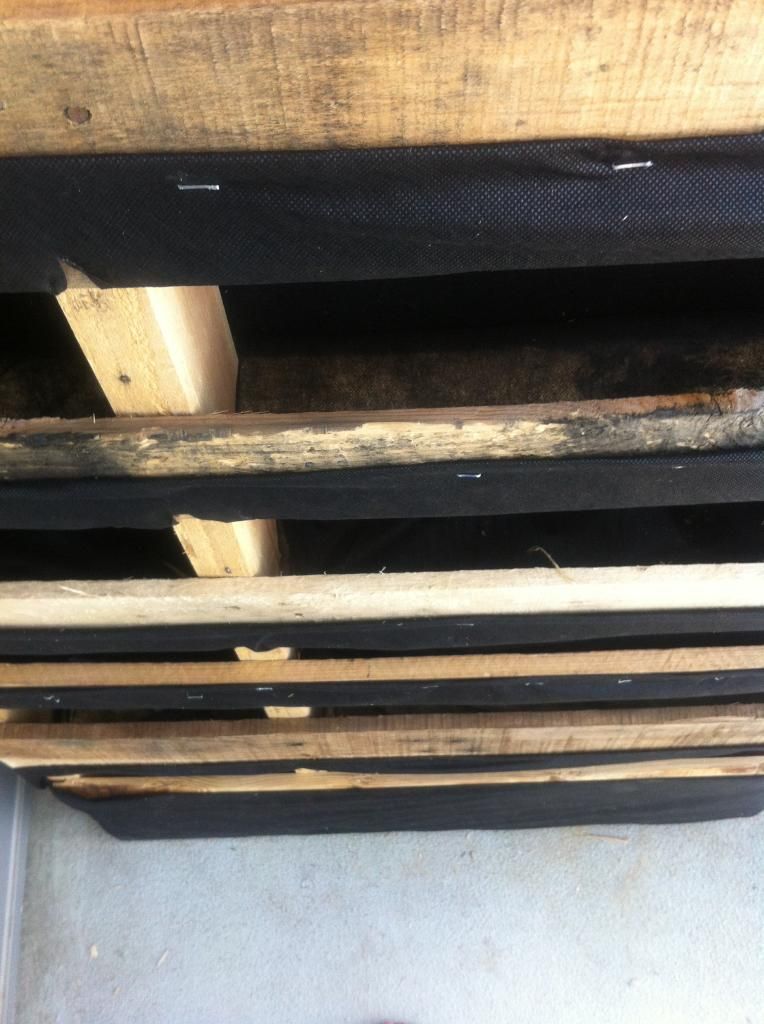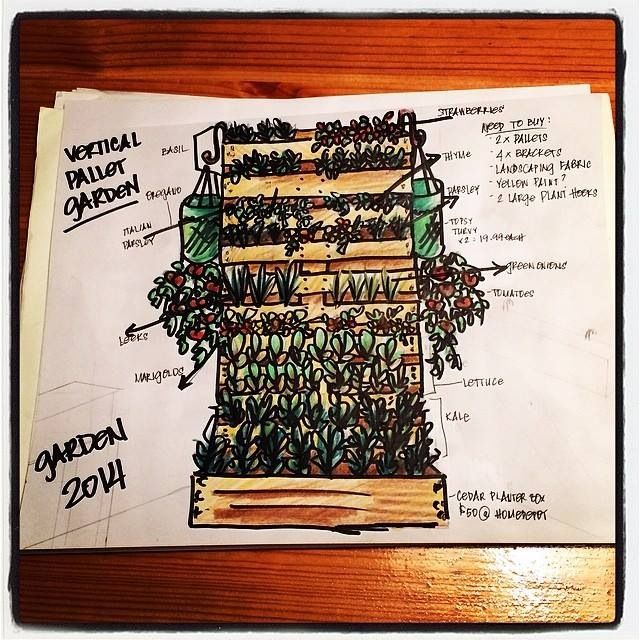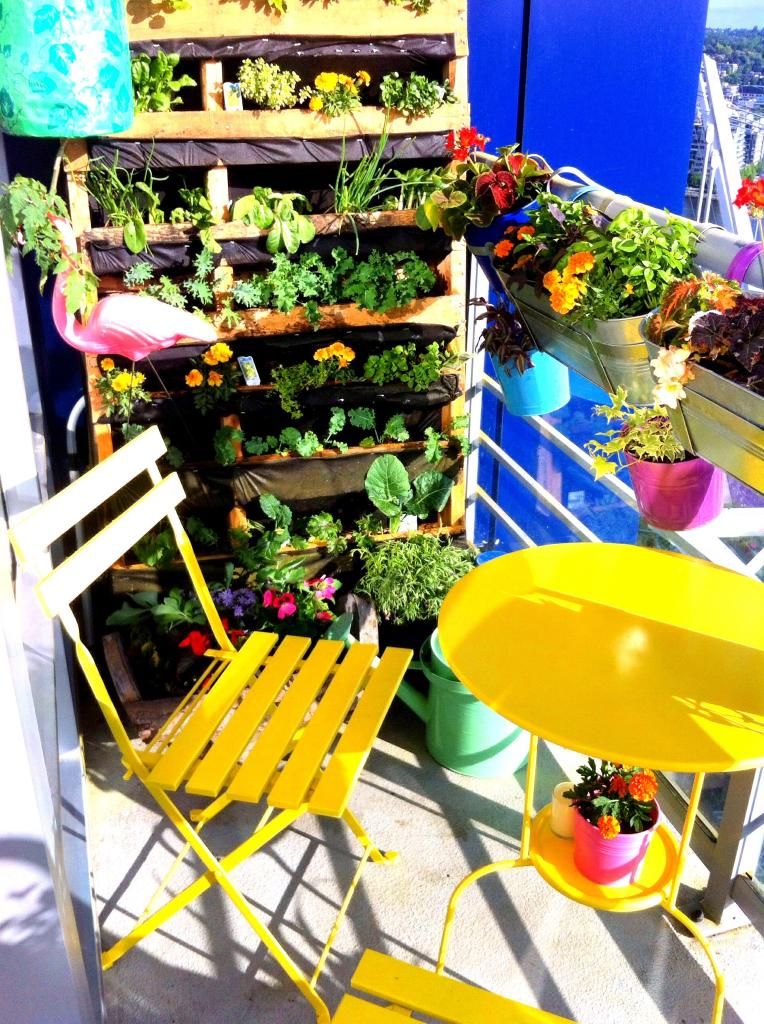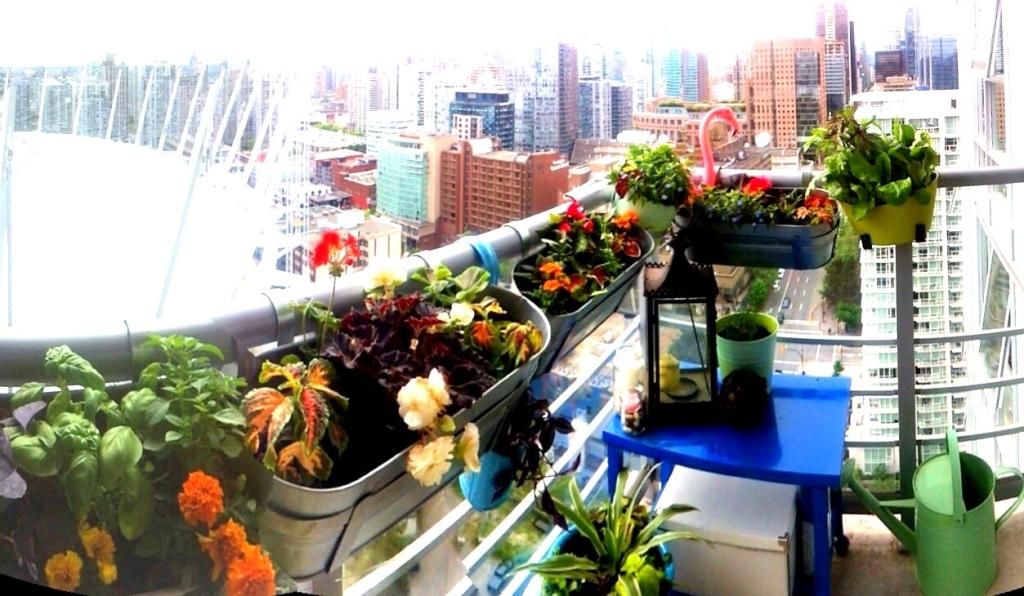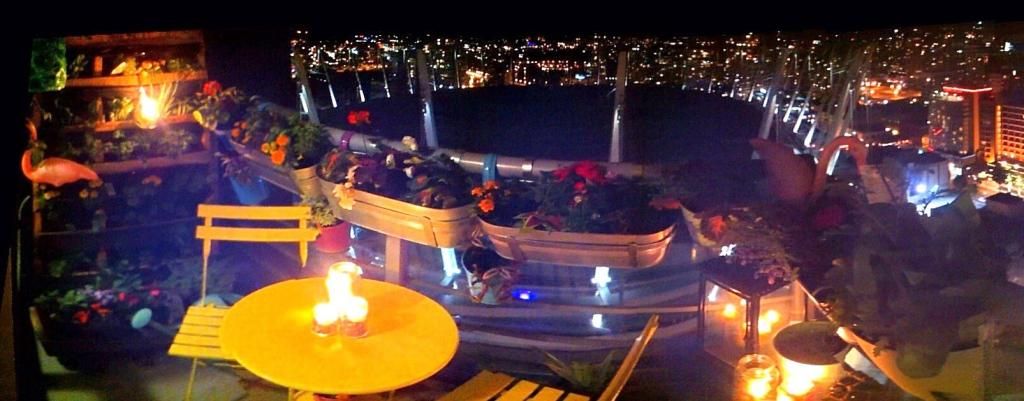My garden has been in place for almost a month and so far so good. I've been harvesting the salad greens on a regular basis and my flowering plants are coming along nicely.
There have been two (possibly three) casualties: I wasn't feeling too confident in the condition of my italian flat leaf parsley so I pulled it up and added a kale plant instead. The second plant death was one of my peppers. I'm not sure what kind it is but there's one next to it that is likely the same type and it is also not happy. I feel I may be overwatering - however, the other two pepper plants are thriving. When I pulled up the saddest one of the crew I noticed some rot at the bottom and the base just snapped. The leaves had been wilting with just the touch or shake of the stalk.
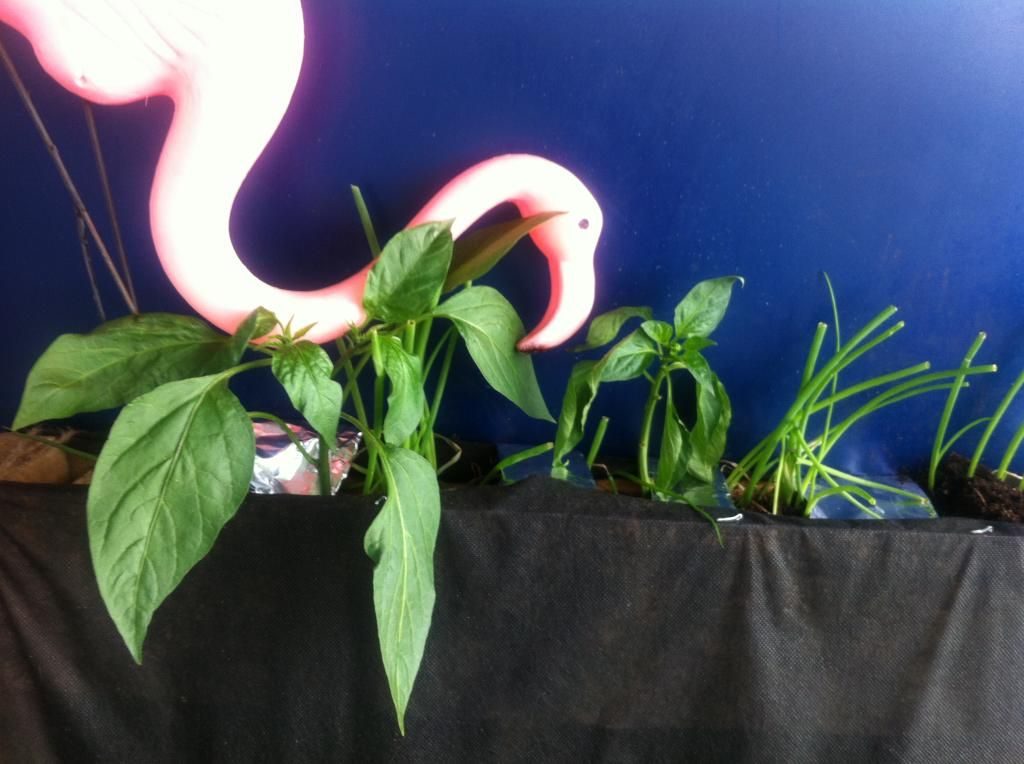 |
| I don't know what's going on with the little dude on the left. I already lost one, today, because I noticed some rot on the base. Gonna dry out the soil and see what happens. |
I have been doing regular inspection for aphids and while they are present I've been able to catch them before they really set up shop and do some serious damage.
I read in a couple of different forums and in the book "Mulch It!" that reflective mulch has been an effective deterrent for pests like aphids. Melinda Meyers noted that aphids orient themselves to the sky and the reflection from the foil confuses them and they crash and die. Perfect. Reflective mulch has been related to boosting fruit sizes and yields, according to studies compiled by the writers from Grower.com. Result in test plots impacted not only the size and the yield but also the fruit set up to 25%.
Here's what I decided to do:
I cut several strips of aluminum foil and folded it in half twice so it was sturdy. While I didn't pull the plants through the aluminum cover I attached strips across the top and tucked the ends into the edge. Attaching this way will also make it easier for me to remove it when the season is over or if this tactic isn't successful.
One thing that has been cautioned is that if it gets really hot it may "cook" the plants. I'll have to keep an eye open for this but luckily the aluminum covers are easy to remove.


